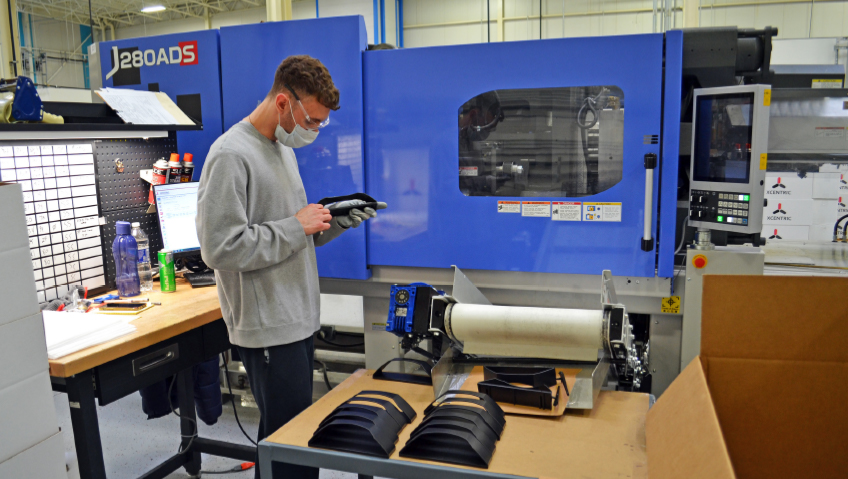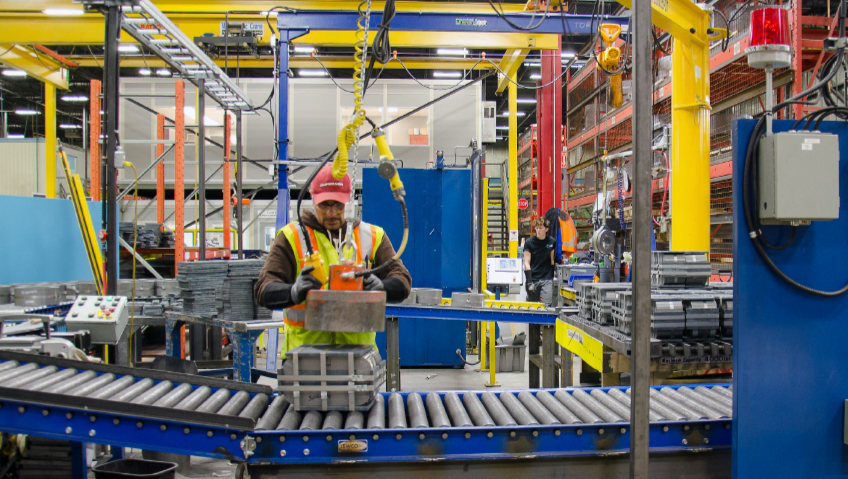Business in Focus has profiled hundreds of companies, from mom-and-pops to multinationals, and we’ve reported on every imaginable strategy and tactic for survival and success. But there’s little that throws up thorny boardroom problems like the managing of successful succession.
It’s not surprising how many businesses fail in addressing this crucial stage in the life of every business, large or small. And while many have some sort of succession plan in place to see the business transition to family members, workers, or acquisition by another company, nothing derails plans like the intrusion of emotions.
Also known as replacement planning, succession planning is preparing a strategy to pass on leadership of a company to the designated person (or persons) after the most important person (or persons) leaves a company.
The reasons behind failure to implement succession planning vary. Some business owners are “too busy” to plan the future, while others refuse to address the inevitable: old age, illness, and death. Other business owners – many of them pioneers dedicating their entire lives to the companies they created by working 18 hours a day and sacrificing anniversaries, weekend, and holidays – refuse to give up the reins because they “aren’t ready” to retire, or don’t entirely trust those waiting in the wings.
Head, not heart
Even the savviest of men and women at the helm of a business sometimes base succession plans on emotion over decisions concerning the best interests of the company, and its employees.
A few years ago, a friend of this writer – a wealthy farmer with thousands of long-ago paid-off acres and expensive machinery like GPS-guided tractors, crop sprayers, and seeders worth upwards of $20 million – assumed his strapping sons, who had helped around the farm, would embrace the farming lifestyle. His rationale: why wouldn’t they?
In his mind, it was a golden ticket, and the ultimate turnkey business. That was how his parents and grandparents built their farming legacies in Germany, and later in Canada.
My friend’s assumption was wrong. When presented with the opportunity, not one of his boys took him up, citing a myriad of reasons, from “just not interested” to “I’m going to university to become a doctor.” Most stinging was from the son who noted how much back-breaking work his father had put into the farm and that he didn’t want to repeat the pattern.
Another friend with a successful landscaping company met the same situation with his 20-something children. Despite offering to transition them into the business, helping with everything from accounting to dealing with suppliers and hiring seasonal staff, the answer was the same: not interested.
Succession planning success
While the checklist of succession planning is lengthy (some business owners turn to outside firms or consultants for future planning), the cardinal rule is, never assume. You strategically built a business over the years, so why would you assume it will take care of itself after you retire or die?
The figures for trouble-plagued succession are much higher than one would expect. A recent survey conducted by the not-for-profit National Association of Corporate Directors revealed a shocking number of American companies did not have a CEO succession plan in place: 20 percent of public companies and 32 percent of private businesses had not prepared a strategy to guide them in the event of a CEO being fired, quitting, retiring, or passing on.
In fact, many admitted to not even having an interim CEO in the wings, as mentioned in the report, Governance Challenges 2019: CEO Succession, which echoed observations in this regard in an earlier report, 2018–2019 NACD Public Company Governance Survey.
Implementing a succession plan requires planning, often years in advance.
On February 2, 2021, Amazon reported its financial results for the fourth quarter ended December 31, 2020, which saw a massive cash flow increase of 72 percent to $66.1 billion for the trailing twelve months, compared to $38.5 for the previous year. The press release also stated: “Founder and CEO Jeff Bezos will transition to the role of Executive Chair in Q3, Andy Jassy to become Chief Executive Officer of Amazon at that time.”
The move saw Jassy take over the role in July, with Bezos becoming Executive Chairman. The relationship between the two extends to 1997, when Jassy joined the fledgling company as marketing manager. Spotting opportunity he was instrumental in much of Amazon’s success in cloud computing and structuring web development programs, developing and establishing the unit which would become known as Amazon Web Services (AWS), and which produces fully half of Amazon’s total profit.
For Bezos and Amazon, the company Bezos had led since its founding on July 5, 1994, the succession was a major event. The impact in the news was huge.
Even now, months after Bezos officially stepped down from his former role, the move resounds in the media as one of the most important events in Amazon’s history.
Hardly leaving the company he created, Bezos – the world’s richest person with an estimated fortune of $177 million – planned to ensure the company would continue its successful business model – or models – while continuing its expansion into tech, music, and making acquisitions like the purchase of Whole Foods in 2017, and film and television company MGM for $8.45 billion this May.
The decision to step down was not made off the cuff; as far back as 2014, Bezos went on the record about creating a succession plan for himself and other senior positions at Amazon.
Dos and don’ts
Few companies are as large, or as diverse, as Amazon, yet they will still benefit from strategic succession planning. If the person chosen is an employee or family member working in the business, rule of thumb is that the plan should be started at least five years in advance.
This will provide all staff, customers and shareholders with enough time to prepare themselves for the change in leadership, while keeping operations running smoothly and letting the heir apparent better familiarize her or himself with the upcoming role.
Of course, potential candidates for key leadership roles like president or CEO need to be thoroughly evaluated by the company to find the person who’s right both for the company now and for the future direction of the business.
Ideally, successors should receive additional relevant training or mentoring years ahead of taking over. This process can also help confirm whether the person is suited to take on the new position to the satisfaction of the owner, management, or board of directors.
One of the most important tools for a business creating succession plans is a self-assessment by the company. Is there a successor who can be identified? Have personal goals for transferring ownership been defined? Are there strategies in place to reduce estate taxes? In the worst-case scenario – the owner dying or becoming incapacitated – is there a plan in place to protect the business, its employees, and assets?
History is full of examples of succession plans gone awry, including the famed dispute between brothers Wallace and Harrison McCain of the legendary multinational Canadian provider of frozen fries and other potato and vegetable products.
In their youth, the brothers were inseparable, building the small Florenceville, New Brunswick business into an empire. By the 2000s, they were barely on speaking terms, disagreeing over who would succeed them.
From small family-run companies to global corporations, succession plans start with open and honest discussions. Does the person want to take over the business? Are dynamics positive for a succession soon or, with a modest family-owned enterprise, is it better for the head to stay on longer and bring in someone from outside, in case the next generation doesn’t want to take over?
The right stuff
Business must face the fact that all CEOs move on, retire, fall sick, or pass on. Every year, 15 percent of corporations need to appoint someone in their place – and that needs to be the right someone.
At the very least, that should be someone trained, familiar with the underlying principles of the type of business and its operations, and able to meet and exceed the expectations of the company, staff, clients and investors.
Transitioning from president, CEO, or owner to past president, president emeritus, or simply ‘retired’ isn’t always easy, but more important than anyone’s feelings is that the sooner a company starts its succession plan, the better.






